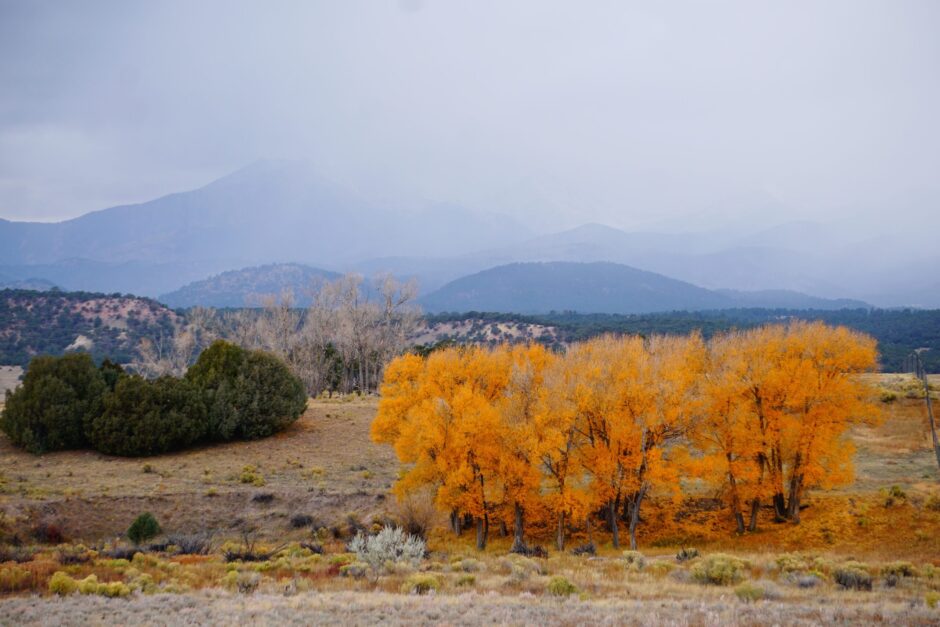So Thomas Friedman in Sunday’s NY Times had a good piece about the environmental factors at play in the so-called Arab Spring popular uprisings, here. This is an aspect of climate change that usually gets ignored—political instability. I think everyone should quit commiserating about the drowning polar bears and realize the polar bear might very well be You. (“They’ll adapt,” they say: well, so will you, but it might be in ways you don’t want to imagine.) One of my favorite books of recent years was David Keys’s Catastrophe: Investigations Into the Origins of Modern Civilization (2000), a rather arcane but fascinating work of nonfiction/history. I’m not even sure how I stumbled upon this book years ago, but it’s an in-depth analysis of the aftermath of some chaotic natural event, most likely one included in that doomsday list often featured on Discovery Channel’s What We Fear the Most programming—Yellowstone’s Super Volcanoes, Asteroid Impacts, etc. Essentially Keys argues that an unidentified climate change event occurred in the late sixth century or seventh century: his theory is that it was a super-eruption of the volcano Krakatoa. But exactly what caused it is less important than its effects: A world reorganization. The rise of Islam, the fall of (what was left of) the Roman Empire, among other major events. Population shifts in Northern Europe.
And take a gander at this little taste of things to come, via the Weather Channel’s webpage, here:
“Last week we revealed the dozens of cities that had their warmest March on record. Now we have the official word from the National Oceanic Atmospheric Administration (NOAA) that March 2012 was the warmest March on record in the contiguous United States.In addition, the January through March period of 2012 was the warmest first quarter of the year on record. Records date back to 1895 in both cases.
NOAA also released information stating that the early March tornado outbreak in the Ohio Valley and Southeast was the first billion-dollar weather disaster of 2012. The total damage cost is estimated to be $1.5 billion. This comes on the heels of the record-breaking fourteen billion-dollar weather disasters we saw in 2011.
NOAA’s full report on March 2012 will be released at 11 am on Monday, however here are some of the quick facts that we have so far:
– 25 states east of the Rockies had their warmest March on record
– An additional 15 states had a top ten warmest March
– The average temperature of 51.1 degrees was 8.6 degrees above the 20th century average for March and a half degree warmer than the previous record warm March set in 1910.”
Right. 8.6 degrees warmer than average.
- October 2023
- September 2023
- September 2021
- April 2020
- September 2019
- May 2019
- August 2018
- February 2018
- January 2018
- October 2017
- August 2017
- June 2017
- May 2017
- March 2017
- February 2017
- November 2016
- October 2016
- May 2016
- April 2016
- March 2016
- February 2016
- January 2016
- November 2015
- October 2015
- September 2015
- June 2015
- May 2015
- April 2015
- March 2015
- December 2014
- September 2014
- August 2014
- May 2014
- March 2014
- February 2014
- January 2014
- December 2013
- November 2013
- October 2013
- September 2013
- August 2013
- July 2013
- June 2013
- May 2013
- April 2013
- March 2013
- February 2013
- January 2013
- December 2012
- November 2012
- October 2012
- September 2012
- August 2012
- July 2012
- June 2012
- May 2012
- April 2012
- March 2012
- February 2012
- January 2012
- December 2011
- November 2011
- October 2011
- September 2011
- August 2011
- July 2011
- June 2011
- May 2011
- April 2011
- March 2011
- February 2011
- January 2011
- December 2010
- November 2010
- October 2010
- September 2010
- August 2010
- July 2010
- June 2010
- May 2010
- April 2010
- March 2010
- February 2010
- January 2010
- December 2009
- November 2009
- October 2009
- September 2009
- August 2009
- July 2009
- June 2009
- May 2009
- April 2009
- March 2009
Recent Posts
- Aliens Among Us: Probing Hillbillies and Freaking Shut-ins, How Netflix’s “Encounters” and Hulu’s “No One Will Save You” Prep Us for the Coming Alien Apocalypse, Kind of
- My Life as a Bob Odenkirk Character: On How Watching Netflix’s Black Mirror episode “Joan Is Awful” Mimicked My Experience of Watching the AMC series Lucky Hank
- “Bobcats, Bobcats, Bobcats”: Animal Life and a Tribute to “Modern Family”
- “The North Water”: This Ain’t Your Daddy’s Moby Dick
- Day 25: On David Quammen's "Spillover": Terrific Book That Foretold Our Pandemic, Kind of
Recent Comments
No comments to show.
